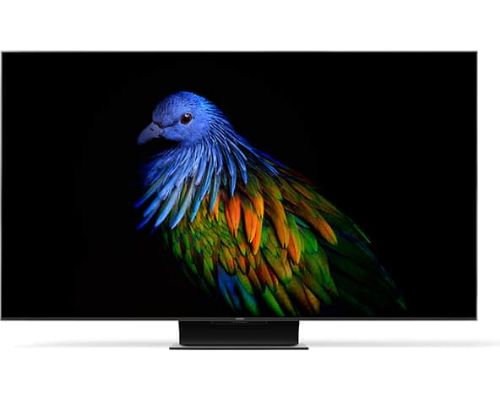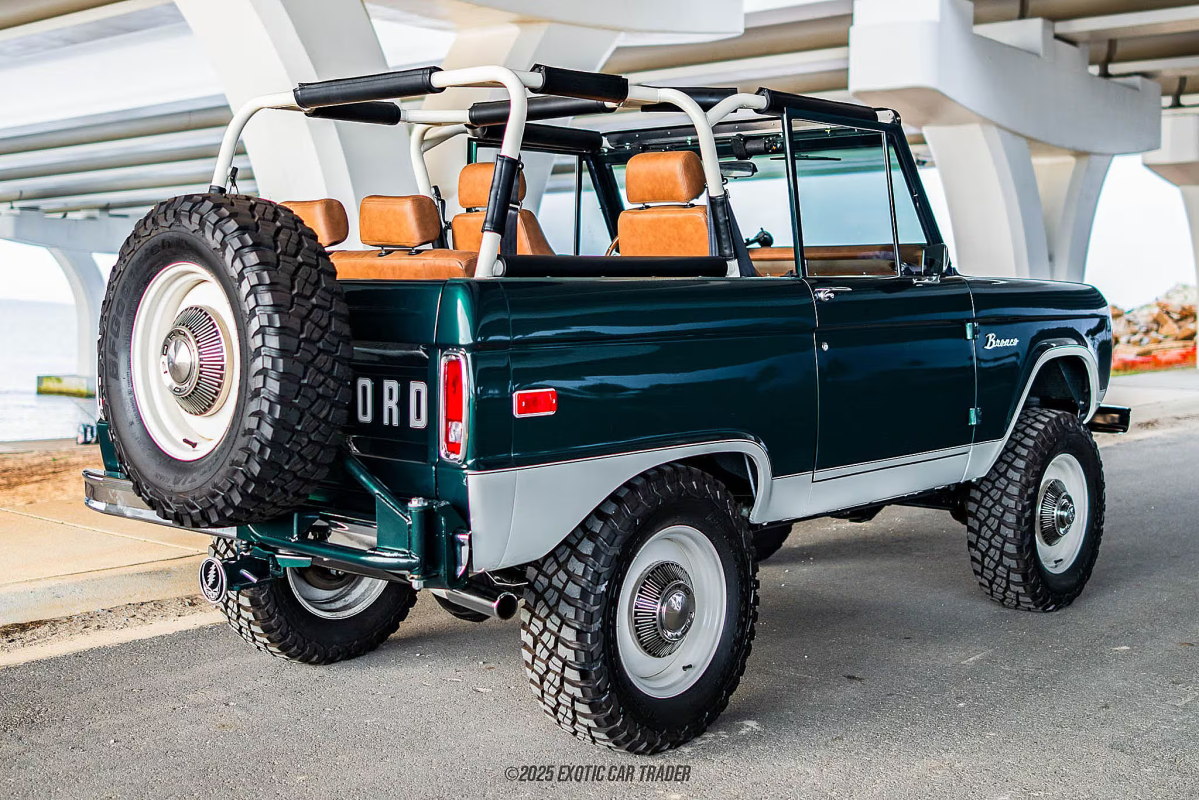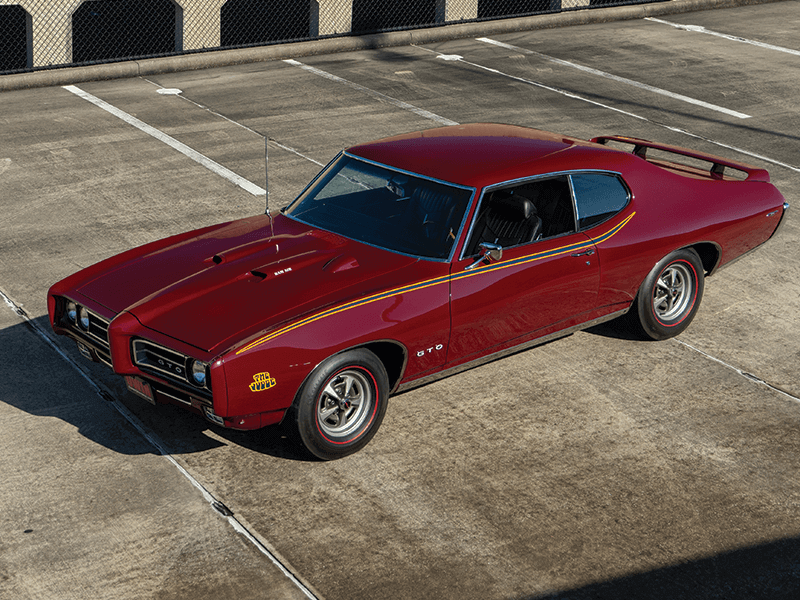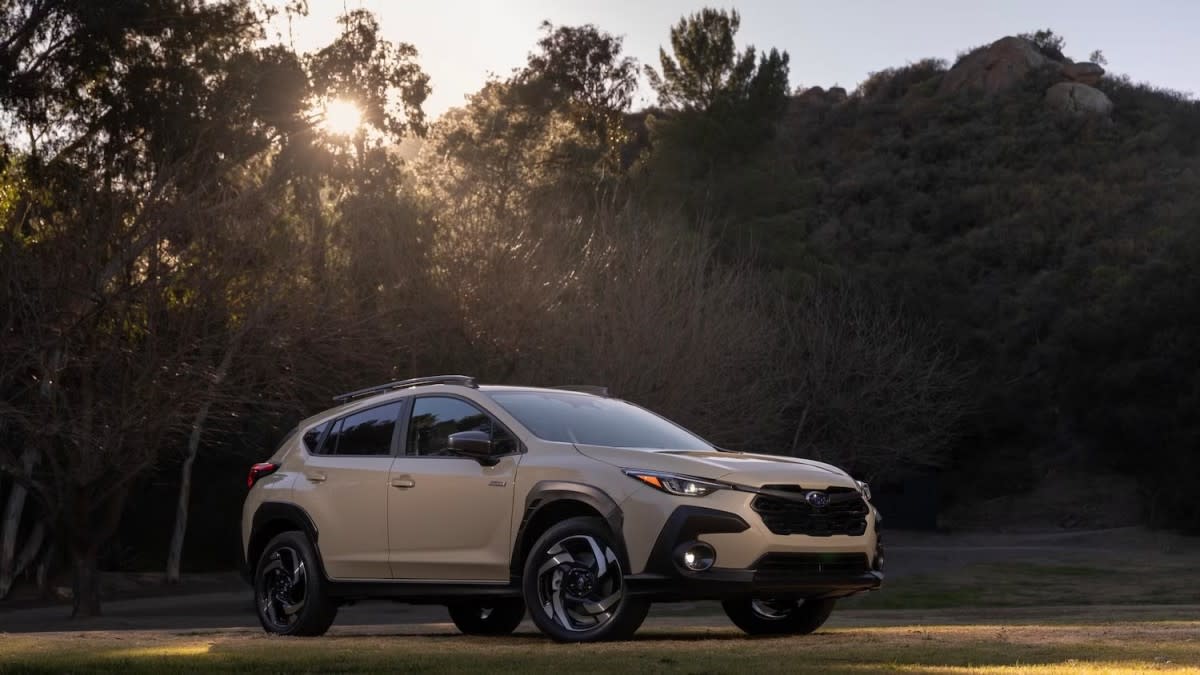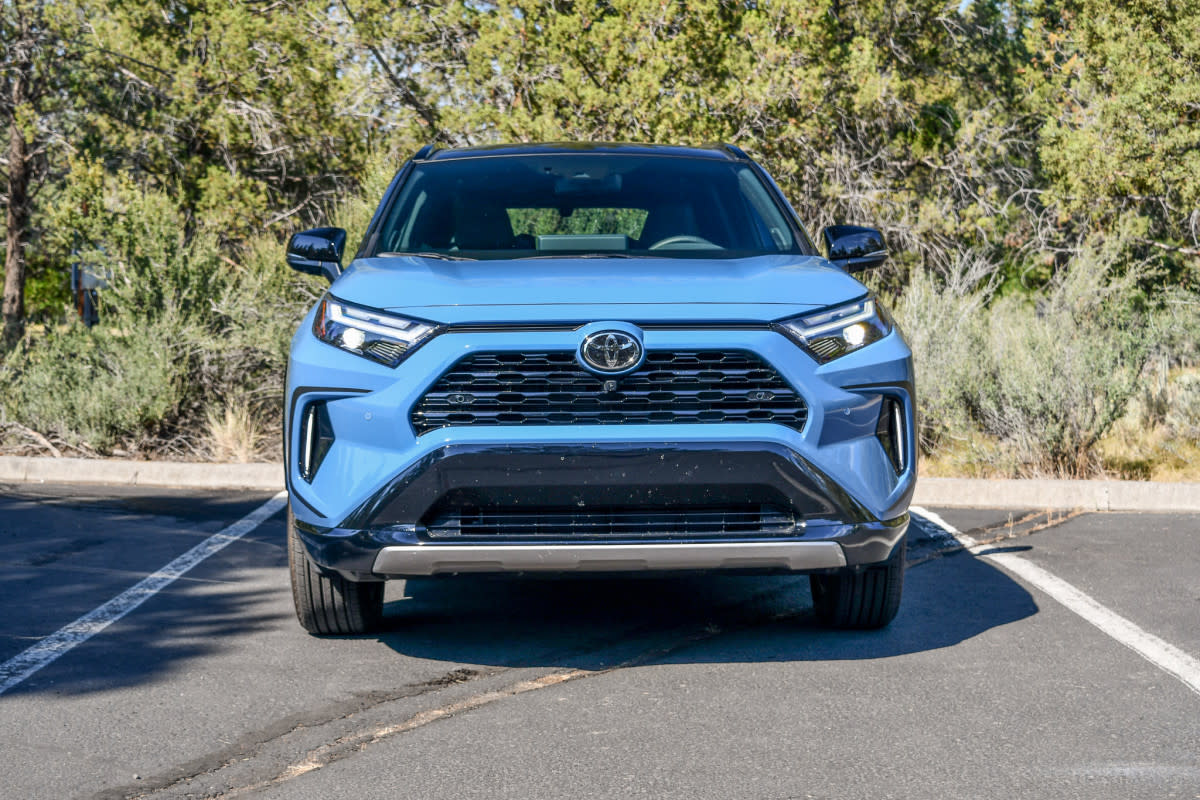
Toyota Isn't Going to Like Subaru's AWD Hybrid System originally appeared on Autoblog.
Different systems used by two friends
The Toyota RAV4 has been available with AWD since 1994, and the Subaru Forester has been since 1998. Toyota has been investing in Subaru since 2005, and since then, the two companies have collaborated to create some notable cars—the Subaru BRZ and the Toyota GR86 being excellent examples of this successful partnership. Subaru shared its recipe for a solid AWD system, while Toyota helped Subaru develop a solid hybrid system for the second generation of the Crosstrek hybrid and the 2026 Forester hybrid. The RAV4 hybrid is only available in AWD, but surprisingly, the system isn’t from Subaru.
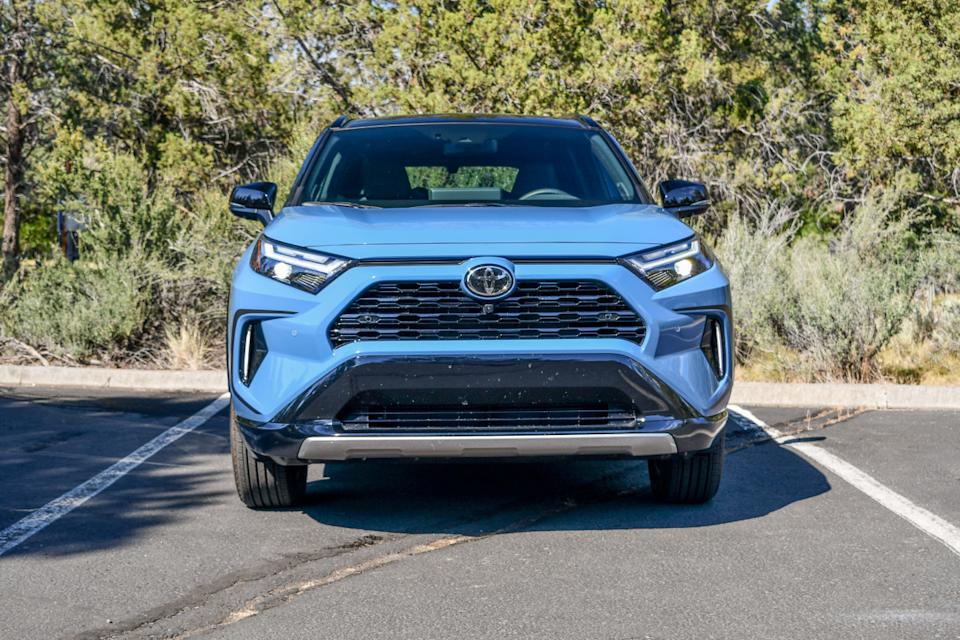 Kristen Brown
Kristen BrownView the 2 images of this gallery on the original article
The Forester hybrid is AWD by default, because, well, it’s a Subaru, and while Toyota had a hand in developing the hybrid system for the Forester, it’s not just Toyota’s leftovers. It’s much more Subaru than the last Crosstrek hybrid. One of the biggest differences between the two hybrid AWD SUVs, however, is the AWD system that helps define the two. Subaru has a much more traditional, mechanical system, while Toyota’s is very electronic. Let’s dig in.
Toyota’s system is more electronic, which helps with mileage
The Subaru Forester has always had a very reliable, mechanical all-wheel drive system. There’s a front differential, which connects the front two wheels via independent axles. Then there’s a center differential, and then a rear differential that connects the two rear wheels. This way, all four wheels have a permanent connection to the engine, so the power is split 50:50 at all times. The center differential helps the front and rear differentials spin at different speeds when turning, which helps keep the car stable and improve handling. This system is known for its rigidity and longevity, but boy, is it thirsty. Without a way to bias either the front or the rear wheels, mileage suffers. When I had the Forester hybrid, which has this kind of AWD system, I was averaging 29 mpg.
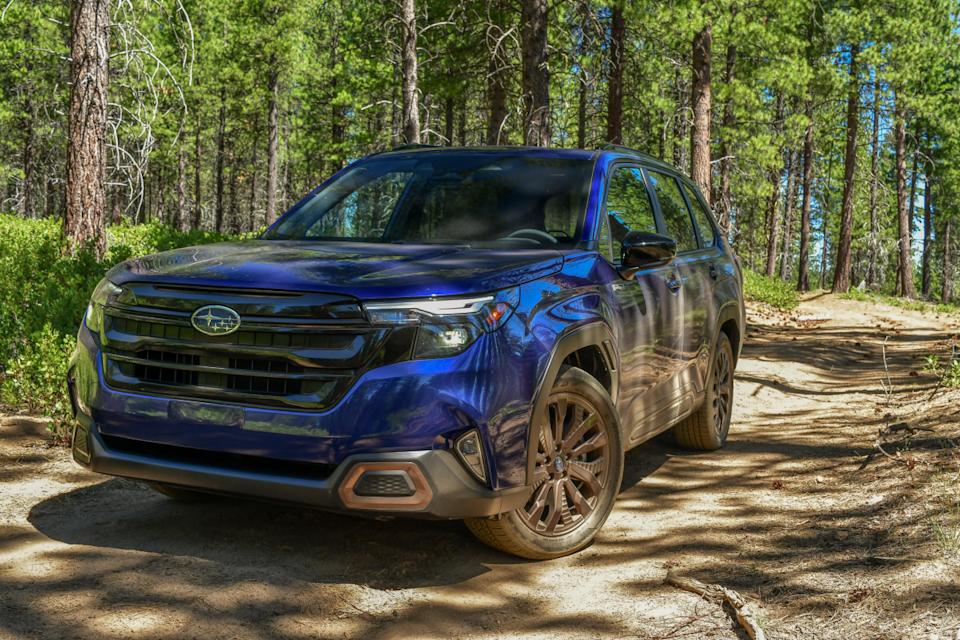 Kristen Brown
Kristen BrownThe RAV4 hybrid, however, has a very different AWD system. The front two wheels are connected to the front differential with two independent axles, but the rear is much different. The rear “axle” is electronic, meaning there’s no physical connection between the rear “axle” and the engine. The rear axle receives input from the engine when slipping is detected, when it’s put into “Trail” mode, or when the system predicts slipping from wheel speed, steering input, or how often the windshield wipers are being used. Therefore, unless the system is told to split power evenly, it’s primarily FWD. As a result, the RAV4 gets much better mileage. When I was driving it, I was impressed by the SUV's 36.3 mpg.
It may be more efficient, but it’s not as effective
All-wheel drive is included for two reasons: handling and all-weather capability. Subaru’s popularity is largely thanks to its capabilities as an affordable AWD SUV (Outback and Legacy included). For a fair price, the Forester can handle both the school pickup run and a moderate trail laden with snow, ice, mud, or dirt, especially with viscous coupling. There’s yet to be an as effective AWD system as Subaru’s when the going gets really tough, because of the permanent connection and X-MODE. But, like I said before, it’s not as efficient as other “intelligent” systems.
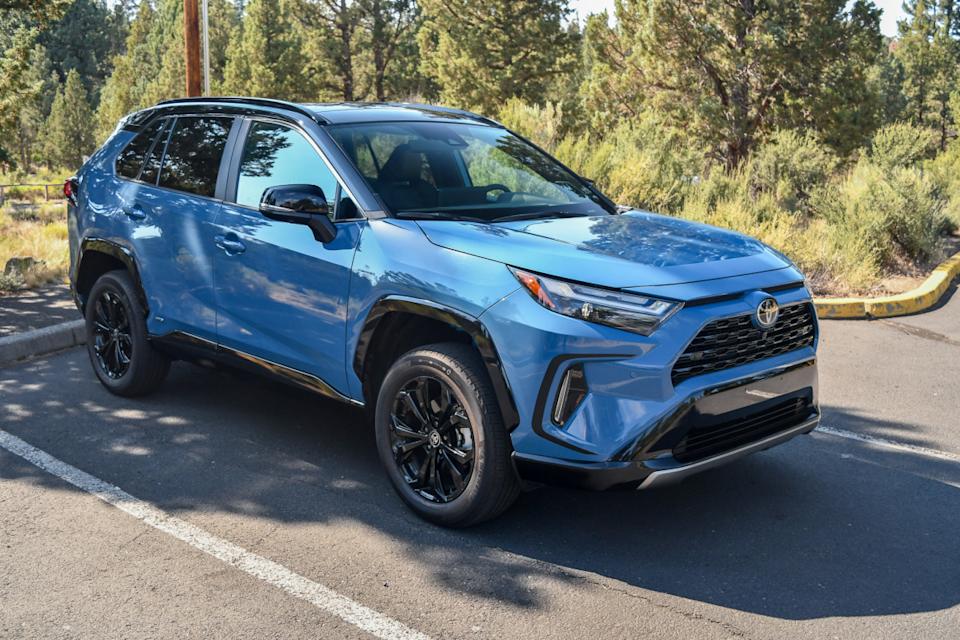 Kristen Brown
Kristen BrownToyota’s system is pretty good, though. It’s just obviously not as rugged as Subaru’s, but let’s be real here—no one buys a Toyota RAV4 to do any kind of crazy off-roading. Most Toyota RAV4 hybrid buyers likely use the RAV4’s AWD to get to a trailhead or a campsite instead of doing more rugged things that the Subaru is capable of.
Final thoughts
Both the RAV4 and the Forester are excellent AWD SUVs, and with the Forester being a hybrid this year, we can finally say they’re both excellent AWD hybrid SUVs, too. Both have good cargo space figures, both can be bought at more than fair prices, both are known for their reliability, and both will get you to where you want to go without much back talk.
 Kristen Brown
Kristen Brown However, if someone was cross-examining them both strictly for the AWD system, I’d recommend the Subaru every time. Subaru spent decades refining and perfecting the system, and it shows. Now, if someone were looking at either for the hybridization, I’d recommend the RAV4 without a moment’s hesitation.
Toyota Isn't Going to Like Subaru's AWD Hybrid System first appeared on Autoblog on Jul 23, 2025
This story was originally reported by Autoblog on Jul 23, 2025, where it first appeared.





